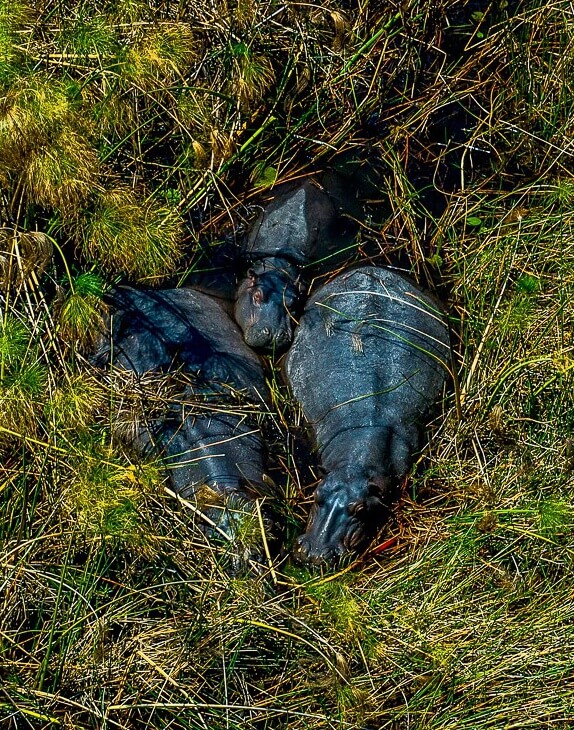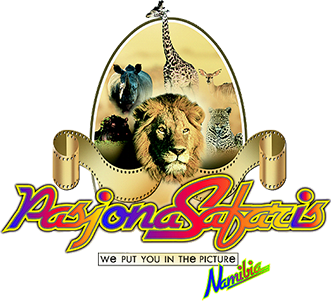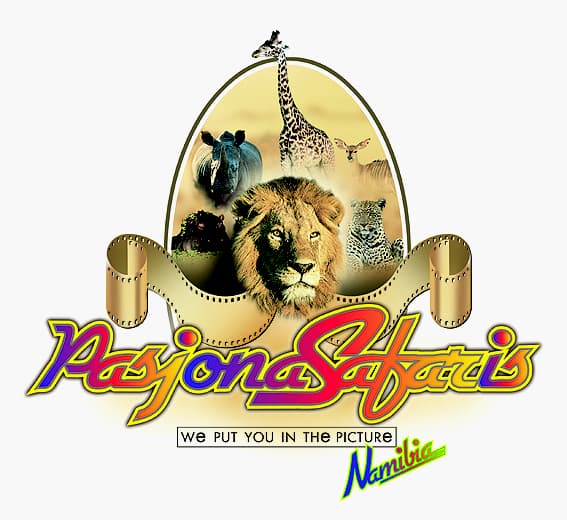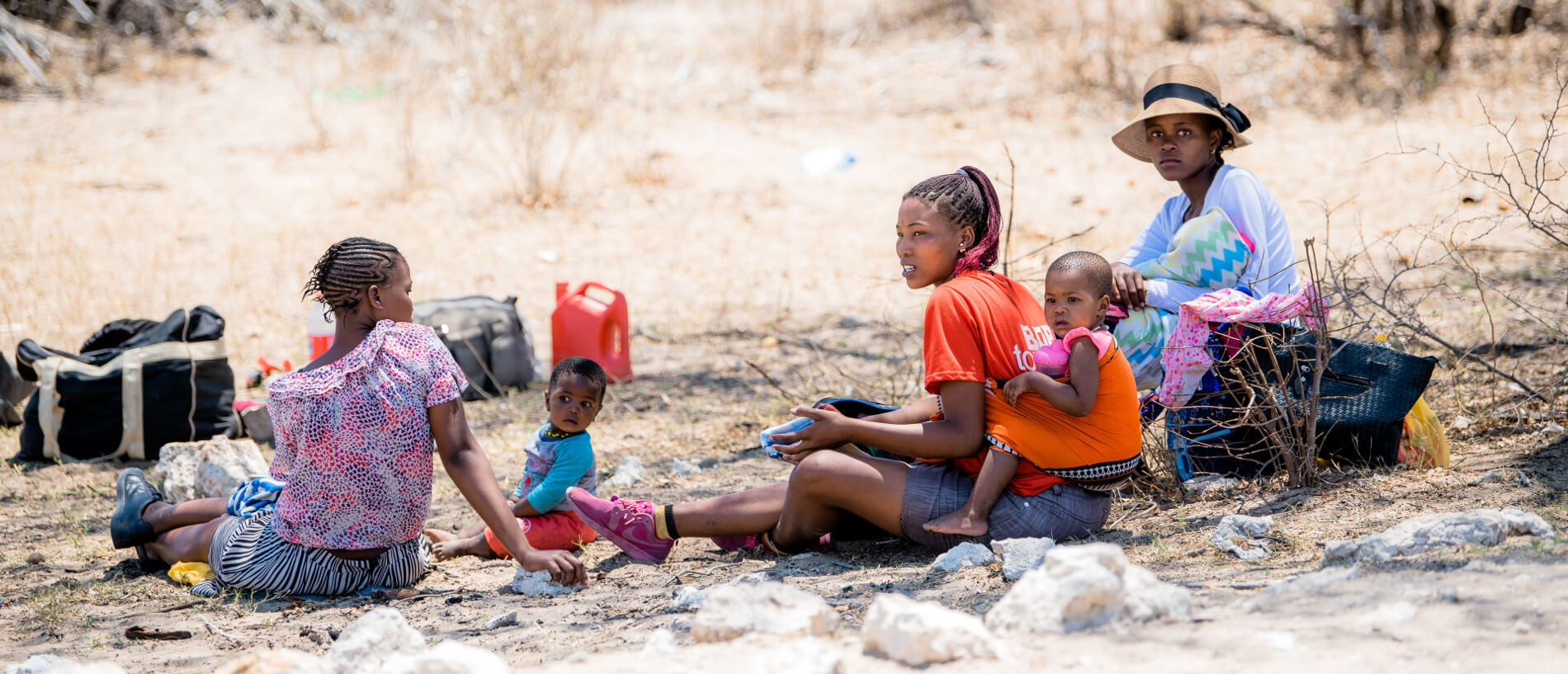
Further information
Price without flight: valid until 31 Oct 2024
Price per family (2 adults with a child under 12 years)
N$ 96 200.00
Price per family (2 adults with two children under 12 years
N$ 112 200.00
Price change:
All listed prices correspond to the present tariffs at the time of the tender. These prices may be changed in the short term due to unpredictable increases without the traveler being able to be notified in advance.
Service included:
- Transfer from / to airport
- Accommodations incl. Rental car as travel description
- Car rental Toyota Corolla Cross or Suzuki or similar
- Car rental insurance (theft and accident insurance)
- Free kilometers, cool box and 2 spare tires
- Detailed travel description with kilometers
- Map material
- Namibian VAT & visitor’s tax
Not included:
- International flights. We are happy to make you an offer with Air Namibia /
- Condor or South African Airways
- Deposit for rental car (will be provided with credit card)
- Gasoline for hire cars
- Entrances to the parks
- Unlisted meals and activities
We can assist you with international flights.
Namibia with Family
Arrival in Windhoek. You will be greeted by an employee of the Pasjona team at the airport and escorted to Windhoek. There, the formalities for the vehicle are done and handed over the vehicle. Then you can drive to your accommodation. Windhoek (Windhoek) is the largest city in Namibia with some 250,000 inhabitants and – in a way – Windhoek is also the only real city in the country. The charming Namibian capital is situated at 1,650 meters above sea level, picturesquely in a valley surrounded by the Eros mountains in the north and the Auas mountains in the south. Towards the west, the Khomas Highlands extend towards the Namib and coast. Windhoek looks – for an African city – clean and almost a little metropolitan, although the cityscape in recent years by monumental buildings – mainly by the Supreme Court building, the Namibias Supreme Court houses, and the gigantic State House south of the center – has changed and become more cosmopolitan. But there are still many Wilhelmine buildings from the German colonial period, which contribute significantly to the charm of Namibia’s capital. The influence of the German language and culture is visible in many areas due to the colonial past. There are German restaurants, German bread, sausage, beer and German carnival. Almost everywhere you can also communicate in German, although the official language in Namibia is English. Windhoek’s city center is on both sides of Independence Avenue, and you can get to know it on foot. The bustling main street – formerly called Kaiserstrasse – begins at the south span and extends to the former Katutura Township in the north.
Katutura
Windhoek Township at the north end of Independence Avenue was built during the apartheid era in the 1960s. You can explore it on your own without major security concerns or book a township tour. Residents are generally open-minded and extremely friendly to visitors.
We are happy to organize a city tour for you, in German language for the price of about 25-30 Euro. You also have enough time to stock up on drinks and possibly some fruit for the next day.
GUESTHOUSE MAISON AMBRE or similar, B / B
Your journey starts in the West. Here you have the opportunity to drive over the Naukluft Park. There are two routes: We recommend the Gamsberg or Spreetshogte Pass. Both passes give time and again the view of the fantastic landscape of the Khomas Highlands and the Namib Desert and are easy to navigate. The Namib is the oldest desert in the world. At first glance, you do not want to believe that anything or even anyone can exist in this landscape. Hence the naming: Namib means “empty place” or “place where nothing is”. Sandstorms and daily temperature fluctuations of 70 degrees Celsius do not invite life to linger. Nevertheless, some animals and plants managed to settle here and to constrict their living space in the adverse, but nevertheless very constant conditions. It is not surprising that there are specialized life forms that are unique in the world, such as the Welwitschia mirabilis. They cross the Namib Desert with their different faces. From the dune landscape it goes over into a stone desert up to the gypsum desert. In the distance, mountains appear out of nowhere and disappear again. Nevertheless, you can meet animals. Giraffes, zebras, oryx antelopes and ostriches, jackals and chameleons are also not uncommon. You reach the coastal town of SwakopmundDuring the German colonial era, the city was of great importance as a harbor, although the coastal waters are actually too shallow, a sheltered bay is missing and the surf is too strong. Lüderitz, however, was to be removed and had no fresh water, and the seaport Walvis Bay was then in British possession The cityscape of the approximately 30,000 inhabitants count place is still characterized by numerous colonial buildings. Another landmark of Swakopmund is the old lighthouse. It is 21 meters high and was put into operation in 1910. The local history museum just next to it was not built until the early fifties. From the “Jetty”, the old landing stage and also landmark of the city, only a part could be preserved and restored. Swakopmund is now a popular seaside resort with many tourist attractions. The climate is more pleasant than in Namibia, especially in summer. In the morning, the place on the edge of the desert is often covered in fog, which keeps the temperatures lower. Swakopmund’s surrounding area also has much to offer. Particularly attractive are rides along the beautiful dunes along the coast, both to the 30 kilometers south Walvis Bay with its picturesque lagoon and in the National West Coast Recreation Area in the north.
Here we offer a desert tour:
The half day tour starts at 8h00 in Swakopmund and ends at around 13h00. This desert tour explores the desert belt between Swakopmund and Walvis Bay. They also stop frequently to search for footprints on the dunes (known as “reading the Bushman newspaper”) to determine which animals have changed at that spot the night before and possibly capture one to view it up close can. It is up to the “guide” to be yours
Share knowledge about animals and plants with reference to the special adaptation required to survive in the desert. Every animal is returned to its territory with great care.
Geckos, rolling spiders, scorpions, lizards, snakes, chameleons, lizards and a variety of beetles and insects are some of the creatures that can be found on this tour.
And a boat tour from Walvis Bay:
The tour is suitable for all ages. It starts at 8:30 am at Walvis Bay Tanker Jetty, goes through the harbor, fishing port with boats and factories. Continue to the bird island past the Russian boats to “Pelican Point”. From Pelican Point through the lagoon back to the yacht club. On the trip you can see gulls, pelicans, flamingos, cormorants and many other species of birds, dolphins swimming next to the boat and seals eating from the hand. In view of the seal colony there are on board, sandwiches fresh oysters and sparkling wine. Beer and sodas are also available. Of course we tell you all about the lagoon, the fishing industry and the life on the coast.
Since these tours are only in the morning, you would have enough in the afternoon Free time.
MEIKES’S GUESTHOUSE or similar, B / B
From Swakopmund it goes back into the interior. You can plan your trip to Guest Farm Eileen Spitzkoppe in the journey. Visit the Bogenfelsen and / or explore the “Bushman Paradise” at Spitzkoppe. The guest farm Eileen is beautifully embedded in the Erongo Mountains. You can go hiking or relax by the pool.
The Spitzkoppe between Usakos and Swakopmund is also known as the “Matterhorn Namibia”. At an altitude of about 1728 meters above N.N. Spitzkoppe is by no means the highest mountain in Namibia.
Because of its distinctive outlines, however, it is considered the most famous mountain in the country. Even from a very long distance you can see the island mountains in the middle of an endless, dry plain. The height difference between mountain peak and the surrounding area is 700 meters. In addition to the Spitzkoppe are the Kleine Spitzkoppe with an altitude of 1584 meters above sea level and the Pontok mountains. The Spitzkoppe granite rock massif belongs to the Erongo mountain region and was created more than
100 million years ago by volcanic activity and subsequent erosion. Magma went up, but not to the surface. Wind erosion (wind cut) was then used to remove the covering material in millions of years until the granite intrusion was exposed.
However, one can extensively hike in the beautiful landscape and climb around among the bizarre rock formations. For the plant lover there are interesting plants to discover such as the yellowish “butter trees” (or Kobas, Cyphostemma currorii) or the “Gifboom” (afrikaans for “poison tree”, Euphorbia virosa), a spurge plant with extremely toxic, white juice, with the the Bushmen poisoned their arrows. Bushman drawings can be found in various places, many in the “Bushman Paradise” under an overhanging rock face.
GUEST FARM OMANDUMBA or similar, B / B / D
Go on safari once. Spend the night in a tent and sit by the campfire, that’s how you imagine Afrika. You will experience a wonderful night in a comfortable large tent with wet room and campfire romance. The Etosha National Park is only a few kilometers away and offers you the wildlife of Africa.
ETOSHA CAMPING2GO B / B
After a hearty breakfast we go back to stalking. If you have not paid the entrance to the park the day before, you must do so today. At the entrance gate you fill in a permit, which has to be paid at the reception of one of the three rest camps before leaving the park and must be presented when leaving the park. At present, N $ 80.00 per person, children pay very little and currently N $ 10.00 per vehicle per day. You can now drive to the watering holes of the previous day or you can cross the park on your own. Maps are available in the kiosk of the rest camp or on the back of the road map.
A visit to the Etosha National Park is one of the highlights of a Namibia trip. Etosha covers an area of over 22,000 square kilometers and was already in 1907 by the German Southwest African Administration declared a wildlife sanctuary. In the center is an extensive salt pan that surround is from grass and arbor savannah, mopane bush land in the west and dry forest in the northeast. Once, about two million years ago, there was a huge lake that was fed by the Kunene River and later dried up by changing the course of the river.
The pan is almost always dry. However, especially in the southern part of the park are scattered numerous waterholes, livelihood for the wildlife in the Etosha National Park. Almost the entire range of African big game is represented in the park, and of course the “Big Five”, elephant, rhino, buffalo, lion and leopard. Based on an animal count carried out by air in 2005, there are currently around 250 lions in the park, 4000 wildebeests, 5500 oryx antelopes, 300 rhinos, 3000 giraffes, 12000 zebras and over 2500 elephants. And of the petite springboks
There are nearly 20,000 copies. They are often seen in huge herds of several hundred animals. The Etosha National Park is well developed. Well maintained – but not paved – roads lead to the water holes, where you can observe the animals best. The three state-owned rest camps Okaukuejo, Halali and Namutoni have restaurants, shops and swimming pools. The main entrance to the park is the Andersson Gate south of the Okaukuejo rest camp, where the park administration is located. To the east lies the “Von Lindequist Gate” near Namutoni.
HALALI – NAMUTONI RAST BEARING or similar, B / B
The Waterberg Plateau south-east of Otjiwarongo rises about 200 meters from the surrounding plain. The 20-kilometer-wide and 50-kilometer-long Table Mountain massif consists of porous sandstone. Precipitation seeps through the permeable rock and meets below on a water-impermeable clay layer. While it is very dry on top of the plateau, there are plenty of surface water and strong permanent springs at the bottom. The vegetation is therefore relatively lush and green here and particularly rich in species. Among other things you can see wild fig trees, fire lilies and coral trees. There is also a rich fauna.
Since 1972, the area around the Waterberg under nature protection, a total of about 400 square kilometers. The park today has national park status. Endangered species have been planted in the park, including broad and black rhino, sable and horse antelope, damara dik-diks or blue wildebeest. Furthermore, the Waterberg – unique in Namibia – is a breeding ground for some Cape vulture couples. The huge birds have a span of three meters and are among the almost completely extinct bird species. In the Waterberg Plateau National Park you can walk and relax. A sketch of the trails can be obtained at the reception. The park offers daily game drives to the plateau, which can also be booked at the front desk. The excellent Bérnabé-de-la-Bat rest camp has a restaurant and a large swimming pool.
GUESTFARM OHANGE or similar, B / B
Your last stop in Namibia is a typical farm, perfect for completing your trip. Here you can drive in the bush, or play with dog & cats. Enjoy a farm pool without chlorine and chemicals or listen to the stories of Hildegard and Peter. In the evening with campfires and “Sundowner” you admire the setting sun and at night you can describe the starry sky.
FARM HAASENHOF or similar, B/ B/ D
You will spend the last day on a typical guest farm about 4 hours from Windhoek and enjoy the African flair over a campfire. However, depending on flight dates, you might have to stay overnight in Windhoek.
Delivery of the vehicle – transfer will take you to the airport. Departure to Germany.



